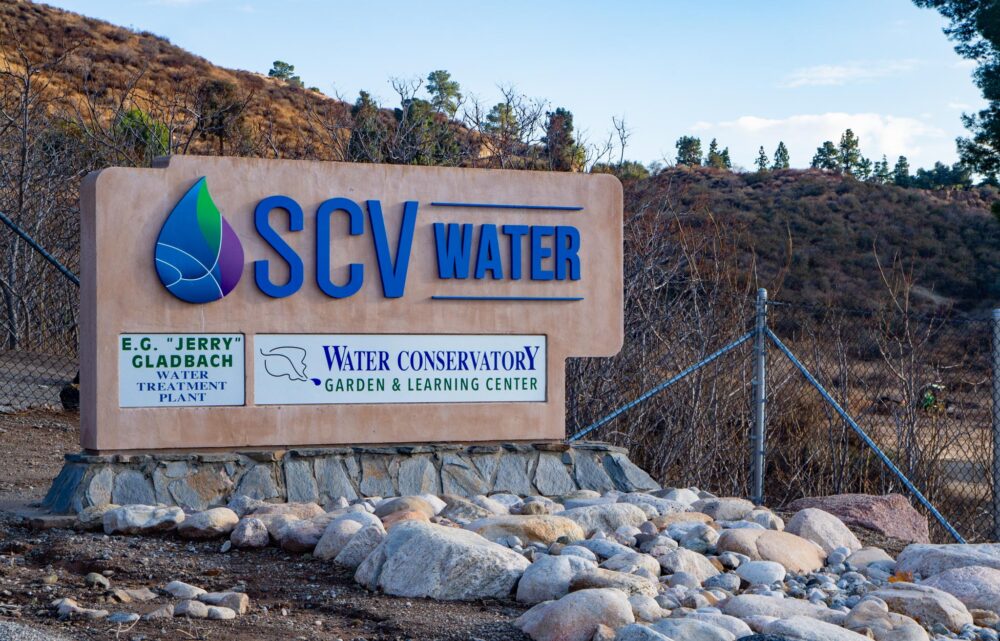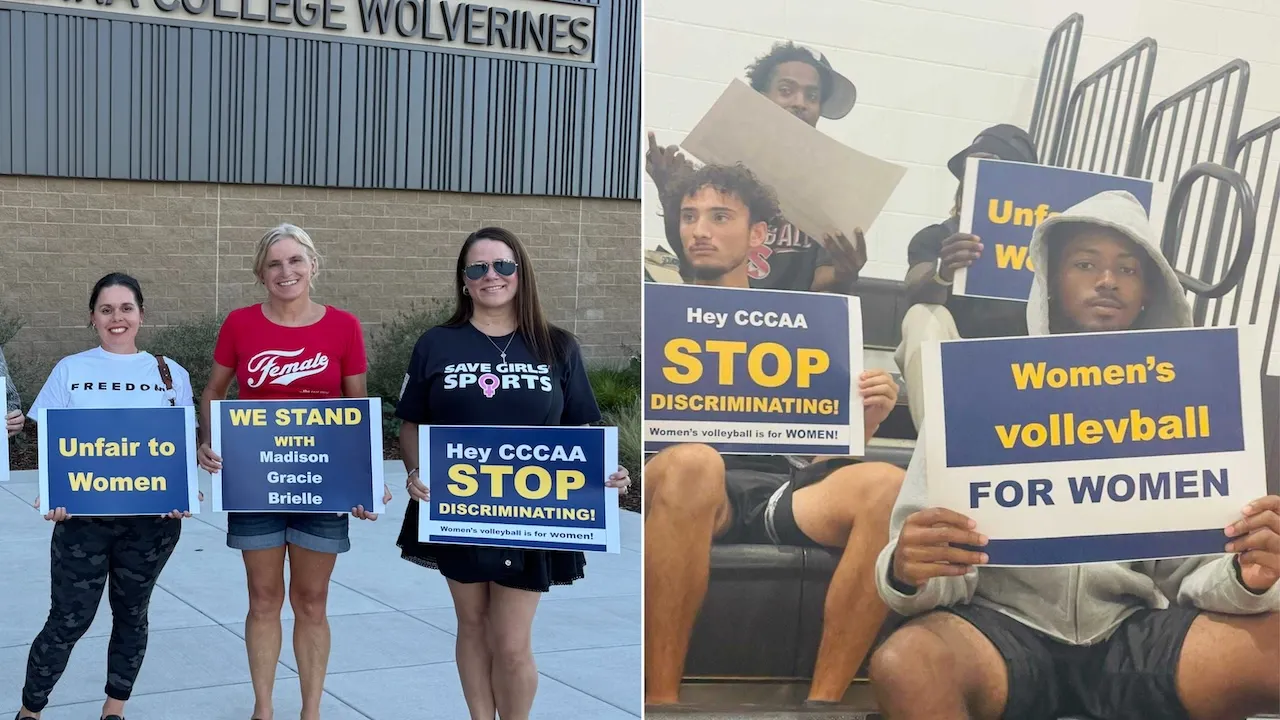
The Santa Clarita Valley Water Agency is holding a public meeting next month as part of a legally prescribed process for potentially restoring a “critical groundwater supply” that’s been offline due to contamination.
Well NC-13, a water source about 700 feet west of the Wiley Canyon Road bridge over Railroad Avenue, has been offline for several years due to perchlorate contamination, said Kevin Strauss, spokesman for SCV Water.
“It’s a very prescriptive, documented, regulated process for evaluating what would be the most environmentally friendly, cost-effective way to treat this well, to remove perchlorate from the groundwater and restore it to service,” Strauss said in a phone interview Monday, regarding the meeting. “This (well) has been offline for a number of years, and the agency is at a point to evaluate how to bring that back online.”
The alternatives being looked at for the agency range in cost significantly, based on a breakdown in the plans.
Alternative 1 was a no-action alternative, which is not recommended. Alternative 2, an alternate supply source, would cost anywhere from $3.6 million to $10.2 million each year. Alternative 3 would involve a new production well, with a cost estimate ranging from $9.35 million to $37.4 million. Alternative 4, groundwater-blending strategies, are expected to cost between $700,000 and $2.1 million annually. And Alternative 5, groundwater treatment, expected to cost between $7.5 million and $29.3 million. The hearing process is expected to explain the options in the action plan with more detail.
The agency indicated the previous public well-removal process it conducted was in 2020.
Strauss said Monday there was no planned development or project that spurred the process behind looking at whether there was a safe, efficient way to bring NC-13 back. But he did confirm Tuesday that the public process was necessary, if SCV Water wanted to recover any of the costs for well remediation linked to any contamination.
SCV Water has been in a yearslong legal battle with Whittaker Corp., the legal entity found responsible for years and years of soil contamination. The water agency expects to spend hundreds of millions to remediate the local water supply.
Water officials said the process is not connected to a lawsuit or the $65.8 million judgment it received against Whittaker over groundwater contamination, which was held up by a federal appellate court in 2024. A monitoring report issued over the summer by the Department of Toxic Substance Control indicated groundwater contamination in the area is still a concern.
NC-13, constructed in 1991, has intervals between 400 and 1,200 feet deep, according to SCV Water, and it extracts water from the Saugus Formation.
SCV Water lays out the contamination concern, which comes as the city is looking to approve more than 6,500 homes and a commercial center just northeast of the contaminated well in a community planned to be called Sunridge.
“Perchlorate has been consistently detected in this well since 2020. Initially, concentrations of perchlorate were low — approximately 2 micrograms per liter. Over the years, however, concentrations have steadily increased, and today they are approaching the maximum contaminant level (MCL) of 6 micrograms per liter,” according to SCV Water. “Because perchlorate levels in monitoring wells upgradient of NC-13 are significantly greater than the MCL, it is likely that concentrations in this well will reach the MCL in the near future.”
California’s Division of Drinking Water would shut down the well at that point, according to SCV Water, so the agency wants to be prepared.
“NC-13 is one of many critical groundwater supply wells for the community, and SCV Water is taking proactive steps to engage the community and select a groundwater treatment remedy for this well as soon as possible,” according to the plan.
SCV Water’s virtual community meeting on the well-removal plan is 6 p.m. Oct. 2, with residents having an opportunity to present and receive public input on the proposed “Non-Time Critical Removal Action.”
The former Whittaker-Bermite site, which was cleared for development by the DTSC in 2021, is now being planned by developer New Urban West.
SCV Water officials said Tuesday a water-supply assessment has not yet been requested for Sunridge, but a longtime rule of thumb for usage is about a half-acre-foot per home per year, according to the Water Education Foundation.
That average would put the estimated need for Sunridge, just the homes, at approximately 3,250 acre-feet of water per year. When SCV Water looked at the amount of water it would need to purchase to replace NC-13, it used the figure of 3,228 acre-feet.
The SCV Water service area encompasses 195 square miles, which has two aquifer systems: the Alluvial Aquifer, which generally underlies the Santa Clara River and its tributaries; and the Saugus Formation Aquifer, which underlies much of the Upper Santa Clara River Watershed.



